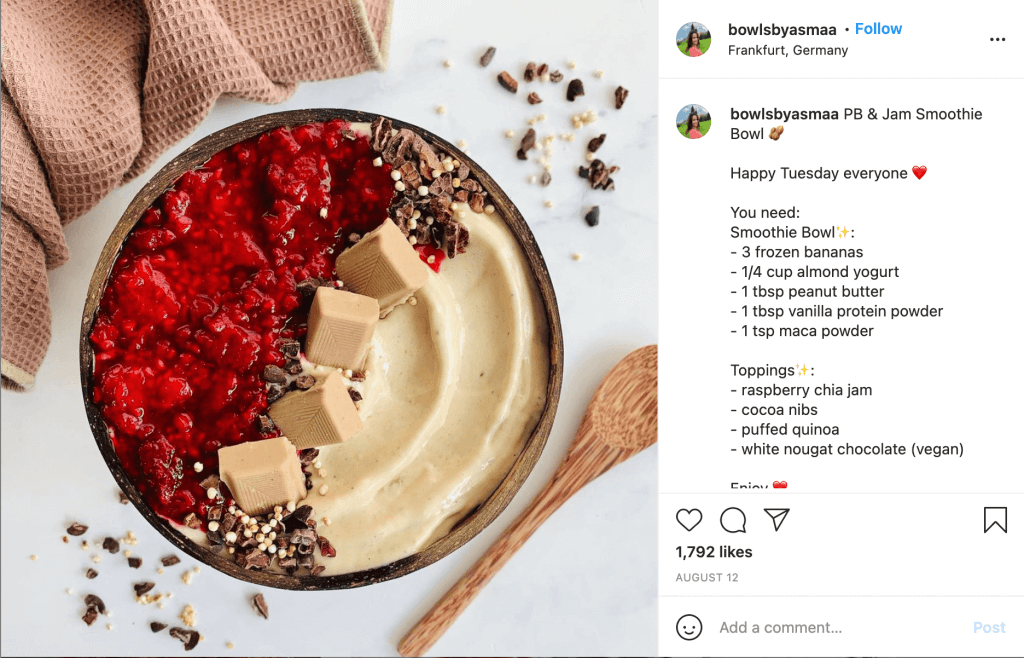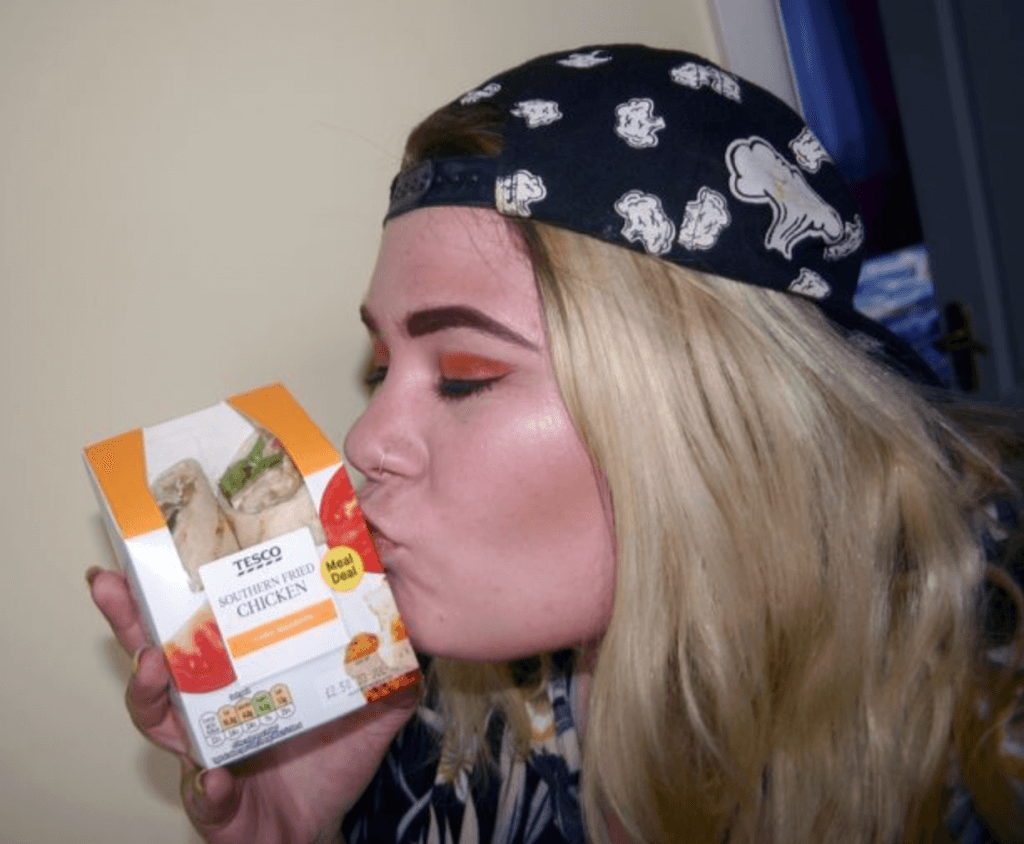From its creation in 2010, people have plagued Instagram with over-edited, poorly lit shots of everything from their Nan’s Sunday roast to noxious looking blue cocktails from their holidays in Tenerife. Foodstagramming is definitely not a new trend. Fast forward a decade, however, and the Instagram foodscape has altered dramatically. Long gone are those out of focus, unidentifiable meals that look anything but #yummy. Instead, our feeds are now all linen tablecloths laden with homemade pastries and freshly cracked coconuts on pearly beaches that look like pages out of the White Company catalogue.
Technology + global disaster = tasteful avocado on toast
In 2021 it isn’t easy to comprehend a time when our phone cameras weren’t ultra high definition and living life vicariously through Instagram wasn’t commonplace. We have to partly thank (and curse) these technological advancements for the rise of aesthetic Instafood, but the most divisive force in the foodstagramming boom has been the outbreak of the COVID-19 pandemic. As the world closed its doors and the toilet roll hoarding began, we were left idle with two things: social media and our kitchens. Unsurprisingly we humans couldn’t resist marrying the two, and the foodstagramming craze was officially reborn bigger than ever before.
The 21st century’s answer to fine art

Aside from the fact we were left high and dry with nothing but noodles, it makes perfect sense that Instagram would become the new home of food narratives. If we look past the beautifully crafted dishes and bird’s eye view paellas, telling a visceral story through food has existed for centuries. It has always adapted to the popular medium of the times. From poems and novels to oil paintings and non-camera photography, food has always been captured for an audience. Although this food obsession is nothing new, the rise of Instafood, like many social media cultures, has signalled a toxic turn in users’ relationships with eating.
A new religion
The ritualistic aspect of eating food has shifted from giving thanks to having a phone glued to our hands, ready to take a snap before any hands dive in. Some dedicated Instagram foodies have even said that their meals are lacklustre if they can’t photograph them as it has become an innate part of their eating experience. Apart from this bizarre association between photographing and enjoying meals, aesthetic eating has become a very public way of signalling wealth and popularity. Funnily enough, a lonely Tesco meal deal for one isn’t something people are desperate to share.

If we ignore the negative aspects of foodstagramming for a moment, there are some reasons to champion Instafood. For business owners, Instagram is an excellent form of free advertising which allows them to connect with customers uniquely and engagingly. In parallel, Instafood has brought together a vibrant community of lockdown chefs, budding cooks and established recipe makers. In this new space, these individuals can come together to share their creations and learn from one another. And let’s be honest, we all know somebody can only make wrinkled jacket potatoes who could use the inspiration.
Foodstagramming is here to stay
Regardless of whether you’re a seasoned meal snapper or would never contemplate picking up the phone before digging in, it seems for the moment foodstagramming is here to stay. However, like with all social media trends, it is essential to take it with a pinch of salt. Just because you’re scrolling through perfect pours and satisfying serves doesn’t mean everything is what it seems. A lot of the time, things are just like those Tesco meal deals – underwhelming.







.svg)